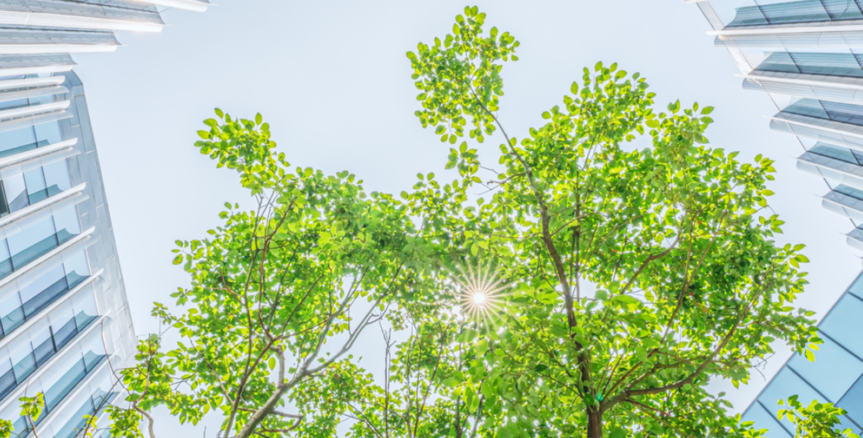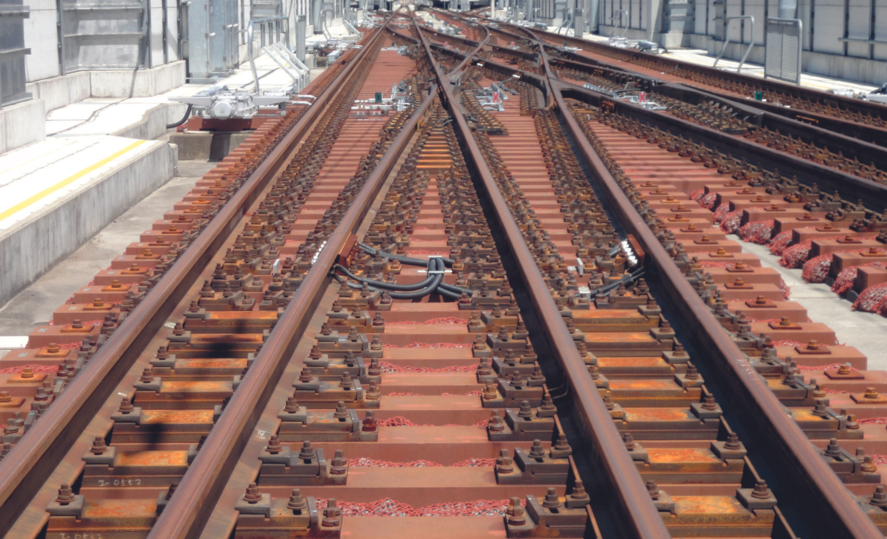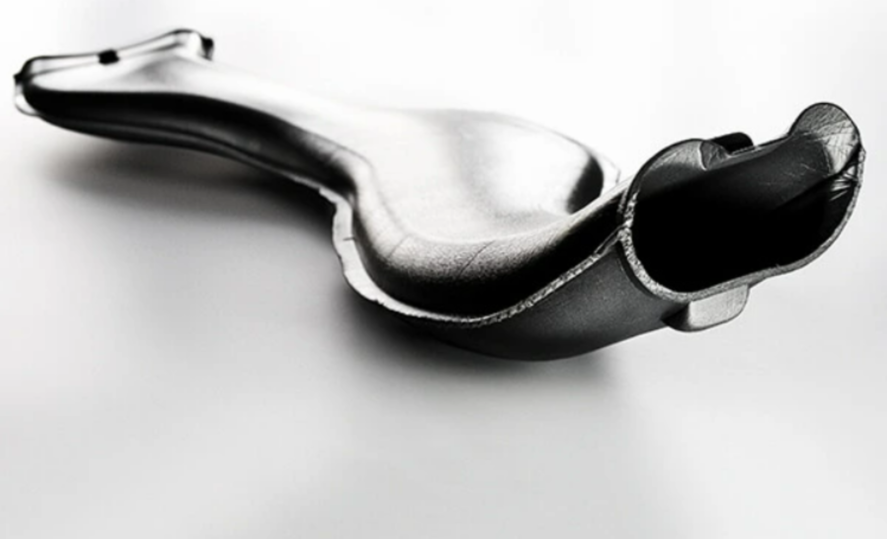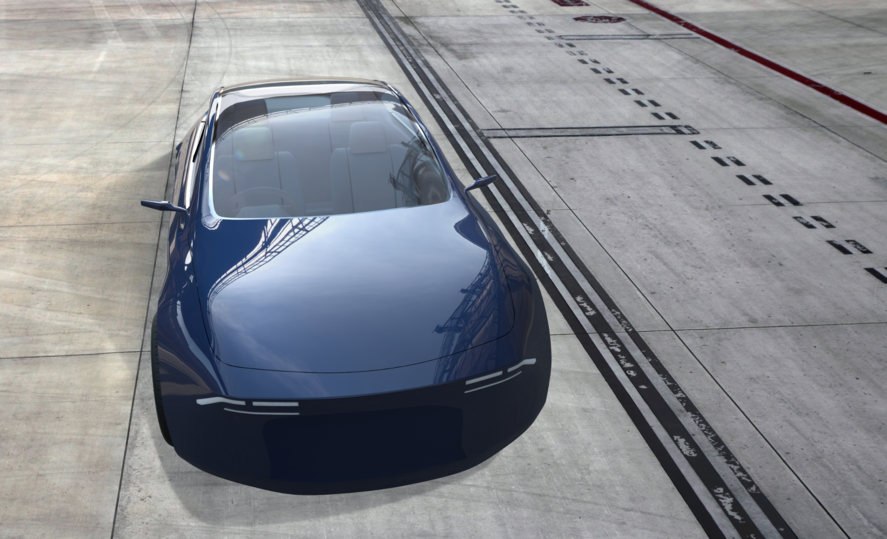Achieving sustainability with high-quality products
The world and its international community are under great pressure in the face of numerous challenges. Climate change is one of them, and it is the task of all stakeholders to find solutions. SEKISUI wants to support this – with the goal of achieving a sustainable society by 2030. To attain this, SEKISUI focuses on creating products that contribute to solving environmental and societal issues, not only through in-house initiatives but also throughout the supply chain and after purchase by the customers.

SEKISUI’s “products to enhance sustainability” system was created to help realise a more sustainable society, being a major engine of growth for SEKISUI at the same time. Created in 2006 and focused on the environment contribution of products, the concept evolved over time.
In 2017, SEKISUI expanded the scope to social issues, such as creating longer healthy lifespans for people and strengthening infrastructure. From 2020 onwards, the system was further developed to better account for the importance of corporate activities. Supply chains and the sustainability of the products created, were also considered.
Balancing natural capital
All “products to enhance sustainability” pay into SEKISUI's overall goal of balancing natural capital. SEKISUI’s focus is to promote products that increase contributions to solutions for the natural and social environments will lead to enhancement of global and social sustainability. To ensure that these goals are quantifiable, SEKISUI measures them with scientific instruments: Following the Environmental Vision, SEKISUI began using its “Environmental Sustainability Index” in 2014, as an integrated indicator to reflect SEKISUI’s use of natural capital. To determine the index and to manage the efforts, the relevant data is entered into a customized software using the LIME2 technology, one of the most advanced methods for the assessment of environmental impacts.
Calculating the index comprises three steps:
- mapping and collecting quantitative data such as raw material usage, used water, greenhouse gas emissions and many more
- determining environmental as well as social impacts and contributions
- calculating the economic and monetary value for the use of natural capital and SEKISUI’s positive impact
From theory to practice: sustainable railway sleepers and lightweight airducts

There are numerous SEKISUI products that are rated under the “products to enhance sustainability” scheme. One of them is the FFU(R) railway sleeper, distributed through SEKISUI CHEMICAL GMBH. The decisive advantage of FFU railway sleepers is their durability. Thanks to the high resistance of the plastic compound, the sleepers have a service life of over 50 years. However, the material system is flexible, so that characteristic values such as e-modulus or pull-out forces of the sleeper screws can be individually adapted to specific requirements by varying the components. In Japan, they have long been a standard product in rail construction – the Shinkansen high-speed train also runs on FFU(R) sleepers – and in 2019, SEKISUI has equipped a rail crossing in England with FFU(R) sleepers. Because the original hardwood sleeper was worn out and the responsible rail construction company wanted to move away from natural timber by 2021, the choice fell on the FFU sleeper from SEKISUI.

Alveolen NL LV foam, produced by SEKISUI ALVEO, is another product that can contribute to sustainability. The material is fine tuned to the needs of twin-sheet forming companies producing air ducts for automotive applications, but also fulfils a variety of different practical applications. Foam airducts are up to 90 per cent lighter than conventional moulded parts. The excellent insulation reduces the energy consumption of the climate control system, and the lower weight reduces the energy consumption of the motor. Easier mounting, prevention of con-densation and elimination of rattling noises are further benefits of foam parts that enhance the quality and comfort of cars. The product is, for instance, used in the electric taxis that roam the streets of London.

Another SEKISUI product that can contribute to a more sustainable world is the S-LEC™ interlayer film. Applied to laminated glass in buildings and automobiles, S-LEC™ films are glazing solutions offering safety, security, and ecological advantages. The S-LEC™ Solar Control Film prevents the increase of a car’s interior temperature and keeps you comfortable regardless of the heat outside. Furthermore, the S-LEC™ Solar Control Film can reduce the amount of energy consumed by air conditioning in electric vehicles. Through vehicle testing, SEKISUI S-LEC has confirmed up to 20% saved energy. The film also reduces the transmission of exterior noises for the highest level of luxury and comfort on the market.
It is important for SEKISUI to have this index and its meaning as a basis for the development of new and existing products. SEKISUI is working hard to contribute, through its primary business activities, to improving the Earth’s environment and improving the lives of people around the world — that is, the resolution of issues called for in the SDGs (Sustainable Development Goals).